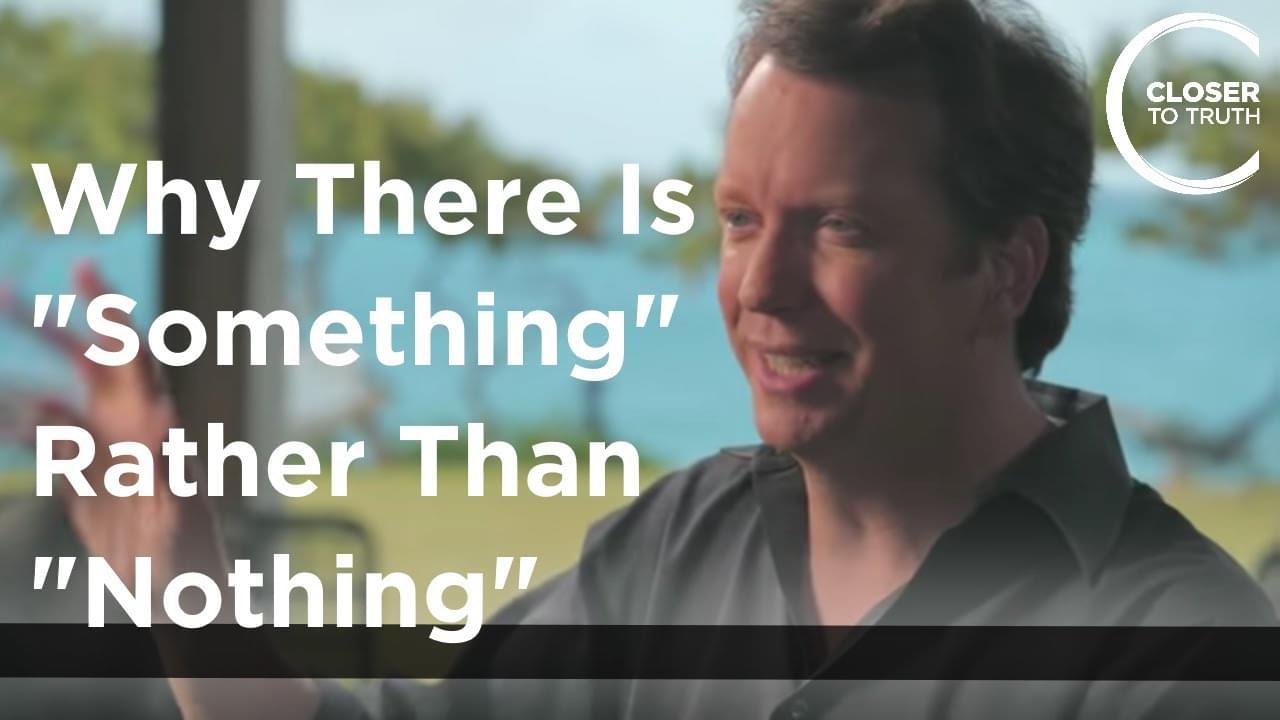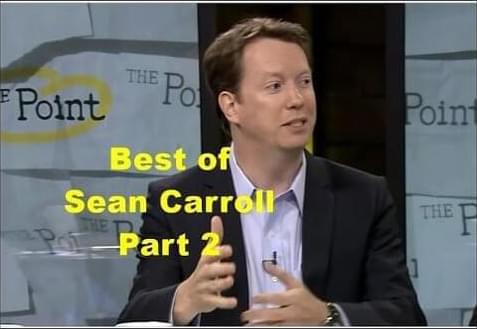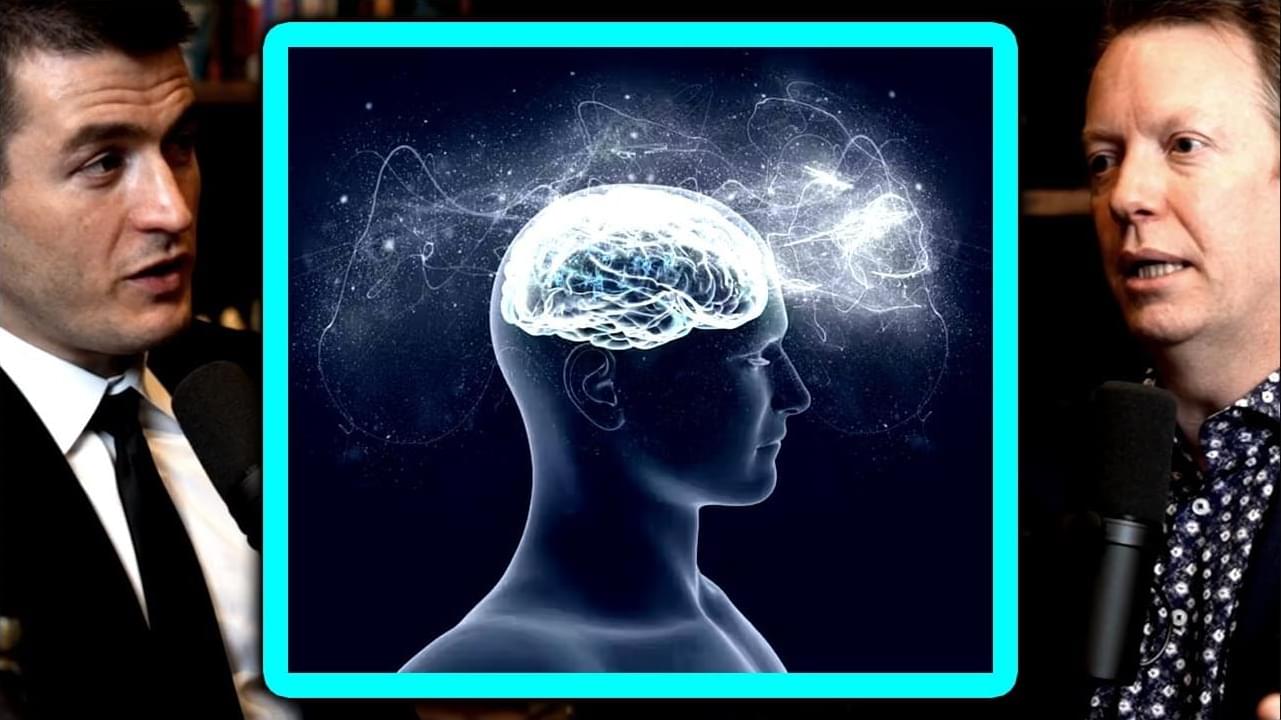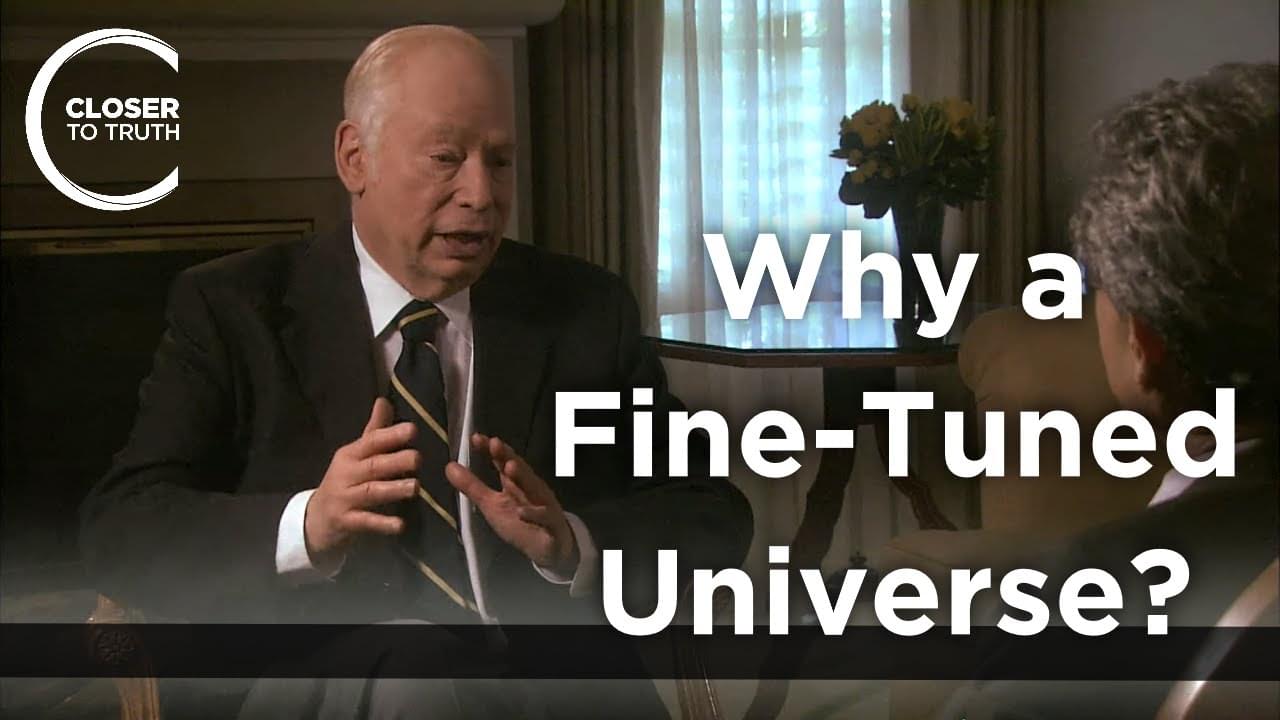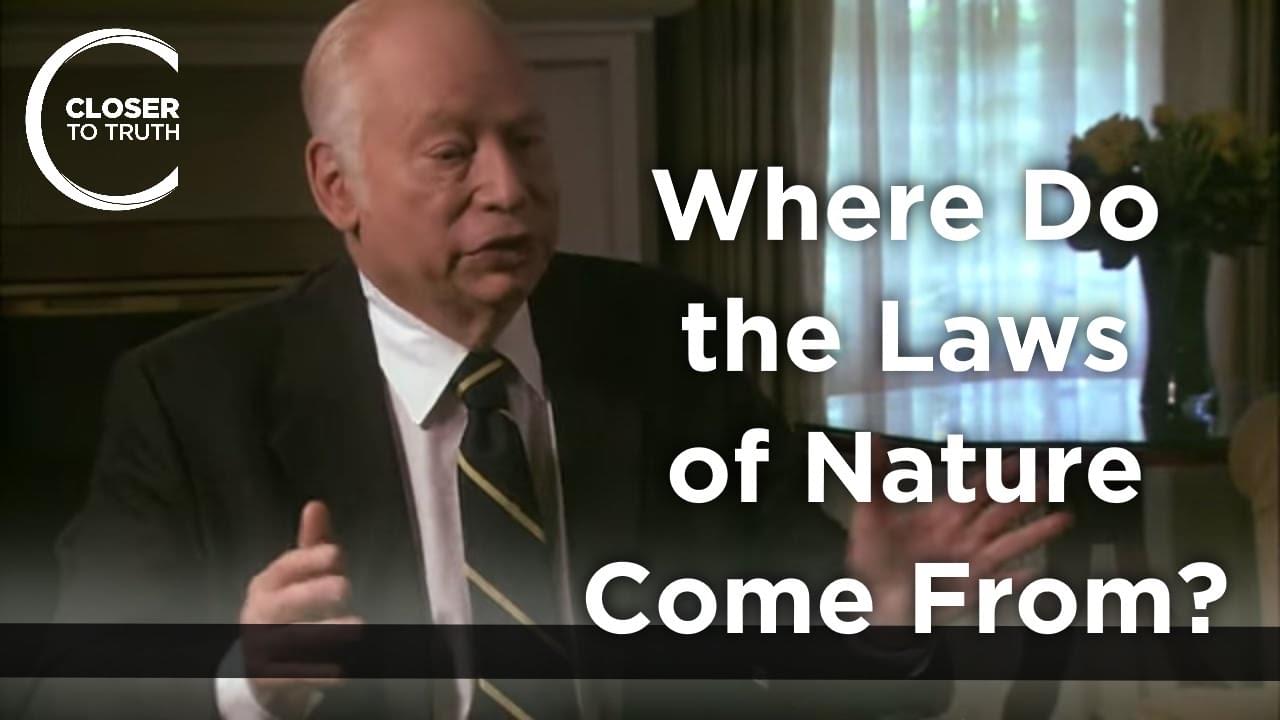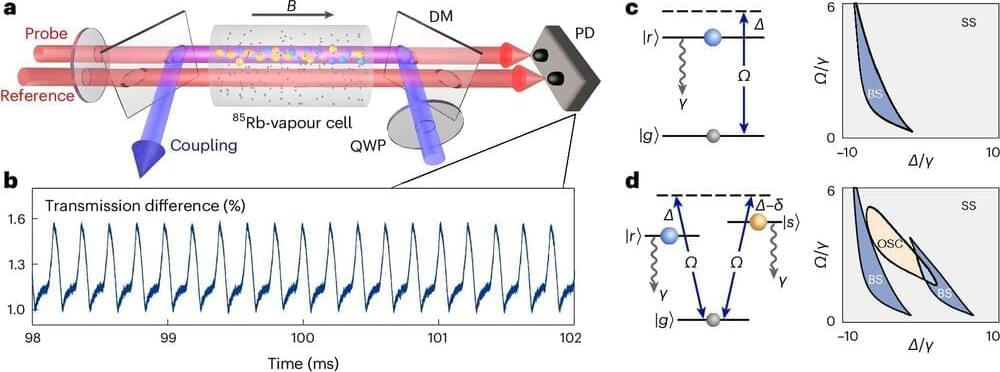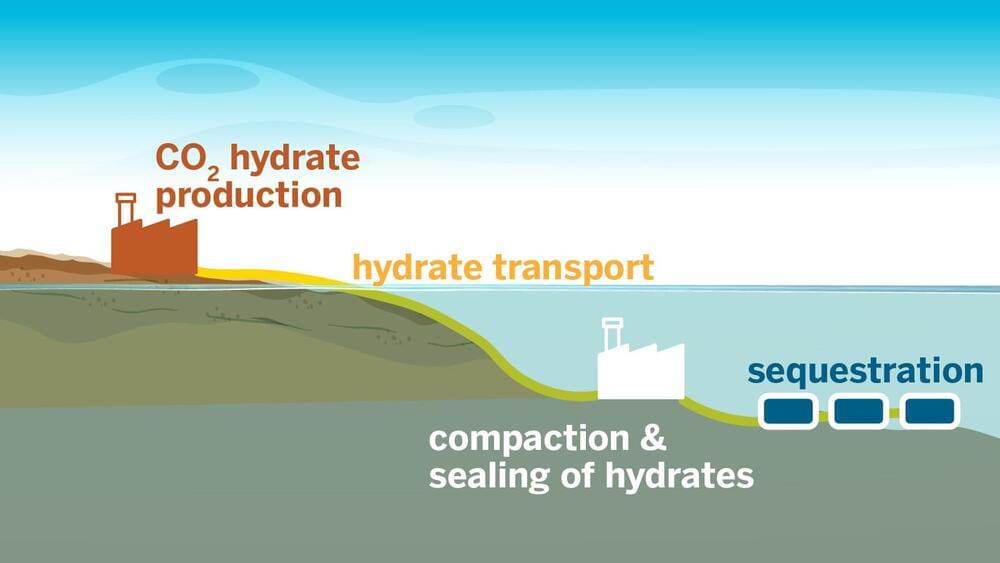Two commercial firms demonstrated that they could provide high-performance computing tools on the cloud.
Explore the leading quantum computing companies that are shaping the future of technology. Learn what projects are worth your attention.
We know that there is not Nothing. There is Something. It is not the case that there is no world, nothing at all, a blank. It is the case that there is a world. Nothing did not obtain. But why?
For all of our video interviews please visit us at www.closertotruth.com
Another video with some of the best arguments of the physicist Sean Carroll. Videos I used: Atheist Q & A: https://www.youtube.com/watch?v=E5pmvv_-LewMonday, J…
Sign up for a free Closer To Truth account to receive special members-only benefits: https://closertotruth.com/
How to explain our inner awareness that is at once most common and most mysterious? Traditional explanations focus at the level of neuron and neuronal circuits in the brain. But little real progress has motivated some to look much deeper, into the laws of physics — information theory, quantum mechanics, even postulating new laws of physics.
Watch more videos on consciousness as all physical: https://shorturl.at/PKpOk.
Sean Carroll is Homewood Professor of Natural Philosophy at Johns Hopkins University and fractal faculty at the Santa Fe Institute. His research focuses on fundamental physics and cosmology.
Lex Fridman Podcast full episode: https://www.youtube.com/watch?v=tdv7r2JSokIPlease support this podcast by checking out our sponsors:- HiddenLayer: https://…
How can so many numbers of nature—the constants and relationships of physics—be so spot-on perfect for humans to exist? Coincidence and luck seem wildly unlikely. This question causes controversy, among scientists and among philosophers. Beware: there is more than one answer lurking here.
Free access to Closer to Truth’s library of 5,000 videos: http://bit.ly/376lkKN
Watch more interviews on fine tuning: https://bit.ly/3EyyJQh.
Steven Weinberg is an American theoretical physicist and Nobel laureate in Physics for his contributions to the unification of the weak force and electromagnetic interaction between elementary particles.
Free access to Closer to Truth’s library of 5,000 videos: http://bit.ly/376lkKN What’s real? What’s fundamental? There are regularities in nature, things tha…
A crystal is an arrangement of atoms that repeats itself in space, in regular intervals: At every point, the crystal looks exactly the same. In 2012, Nobel Prize winner Frank Wilczek raised the question: Could there also be a time crystal—an object that repeats itself not in space but in time? And could it be possible that a periodic rhythm emerges, even though no specific rhythm is imposed on the system and the interaction between the particles is completely independent of time?
For years, Frank Wilczek’s idea has caused much controversy. Some considered time crystals to be impossible in principle, while others tried to find loopholes and realize time crystals under certain special conditions.
Now, a particularly spectacular kind of time crystal has successfully been created at Tsinghua University in China, with the support from TU Wien in Austria.
A new way to store carbon captured from the atmosphere, developed by researchers at The University of Texas at Austin, works much faster than current methods without the harmful chemical accelerants they require.
In new research published in ACS Sustainable Chemistry & Engineering, the team developed a technique for ultrafast formation of carbon dioxide hydrates. These unique ice-like materials can bury carbon dioxide in the ocean, preventing it from being released into the atmosphere.
“We’re staring at a huge challenge—finding a way to safely remove gigatons of carbon from our atmosphere—and hydrates offer a universal solution for carbon storage. For them to be a major piece of the carbon storage pie, we need the technology to grow them rapidly and at scale,” said Vaibhav Bahadur, a professor in the Walker Department of Mechanical Engineering who led the research. “We’ve shown that we can quickly grow hydrates without using any chemicals that offset the environmental benefits of carbon capture.”


